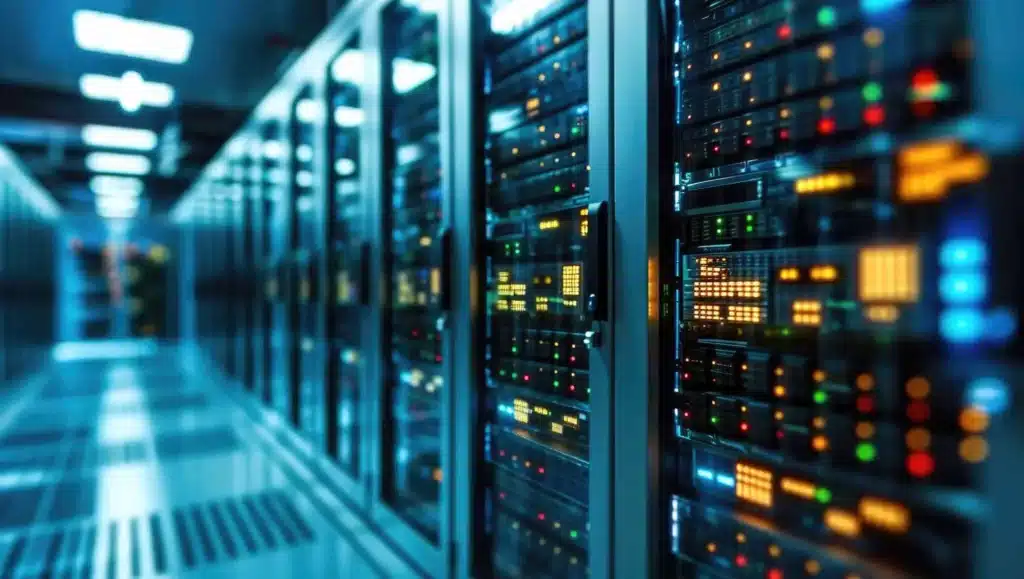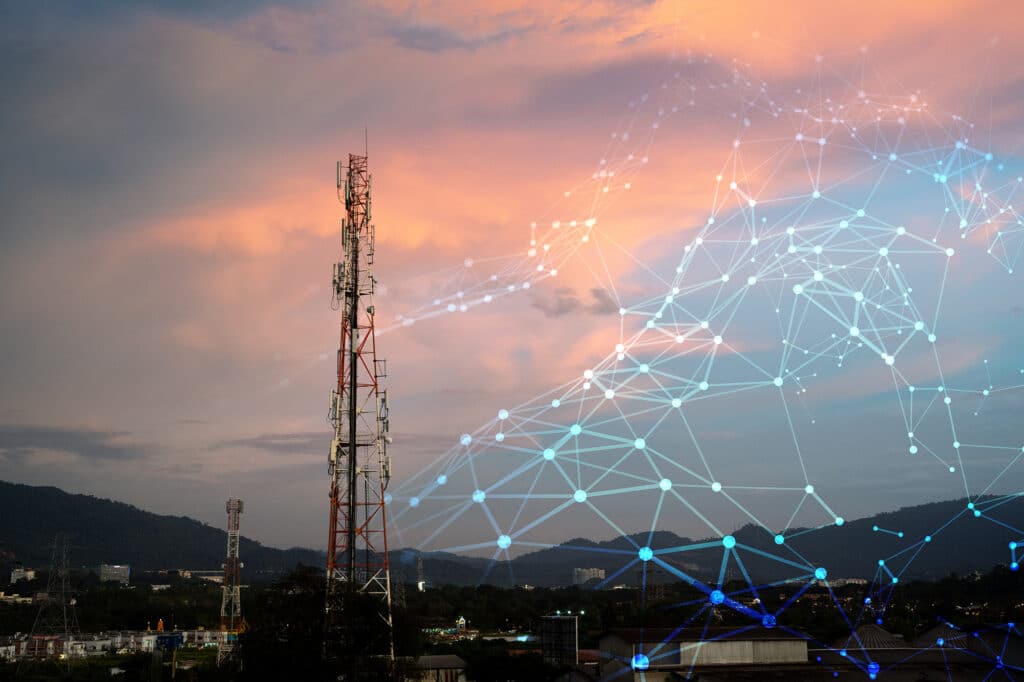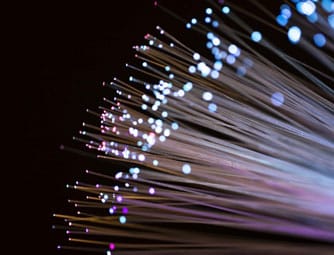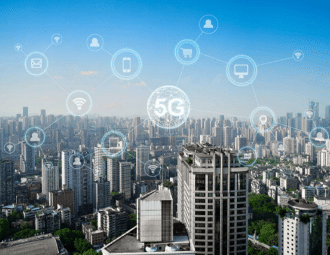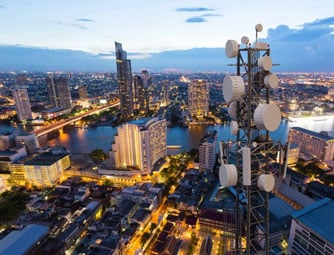News
Part 3: Workforce Analysis – AI’s Impact and Most In-Demand Job Titles
In Part 3 of our white paper series, we dive deep into the current state of the digital infrastructure workforce—and where it’s headed. AI is reshaping how we work, hire, and train, while also driving surging demand for new technical roles across cybersecurity, electric power, and data centers. This installment provides a comprehensive workforce analysis…
Read MoreAI is Defining the Next Chapter of the Digital Revolution
AI is Defining the Next Chapter of the Digital Revolution: A Strategic Outlook for Mobile Carriers Introduction Artificial Intelligence is not just shaping the future of telecommunications, IT, data centers, and energy—it’s fundamentally transforming how the global economy operates. Nowhere is this transformation more profound than in the Wireless carrier space. As AI technologies rapidly…
Read MorePart 2: AI’s Double-edged Sword: Enhancing Productivity while Creating new Human Capital Needs
Artificial intelligence is revolutionizing digital infrastructure-accelerating workflows, reducing costs, and unlocking new capabilities. But while AI boosts productivity, it also introduces urgent workforce challenges. In Part 2 of our white paper series, we unpack the double-edged nature of AI: how it reshapes job roles, demands new skillsets, and raises critical questions about workforce preparedness. Learn…
Read MorePart 1: Digital Infrastructure Innovation: The Human Capital Challenge in AI, Cybersecurity, Electric Power, and Data Centers
The future of digital infrastructure depends on people-not just technology. In Part 1 of our white paper series, we explore the growing workforce crisis in AI, cybersecurity, electric power, and data centers. Learn why a siloed approach to hiring is no longer enough, and how Kelly Telecom is helping to close critical skill gaps through…
Read MoreTrends Driving Telecom Sustainability in 2025
While everyone uses their cell phones and other electronic devices daily, not every telecom company prioritizes sustainability. However, this is beginning to change. In 2025, sustainability will become a crucial focus for key players in the telecom industry. Understanding the trends driving sustainability in telecom is more important than ever to stay ahead in this…
Read MoreAn Introduction to Data Centers – Key Insights and Information
Data is arguably one of the most essential commodities companies have in today’s digital landscape. Therefore, how companies collect, control, and manage data is a top priority. Typically, companies of all sizes house their data in off-site data centers. But what is a data center, and what benefits can it have for your business? In this…
Read MoreExploring Private 5G’s Potential in Healthcare IT
The rapid rise of Industry 4.0 showcases the transformative power of private 5G networks. However, these cutting-edge networks offer a wealth of benefits far beyond the industrial sector. In this tech brief, we explore how private 5G can empower healthcare IT departments, particularly in addressing HIPAA compliance and hybrid network deployment. Private 5G:…
Read MoreTraditional RAN, vRAN (virtualized RAN) Vs ORAN (Open RAN)
Traditional or legacy RAN (Radio Access Network), vRAN (Virtualized RAN), and O-RAN (Open RAN) are different architecture approaches to the design, implementation, and operation of mobile networks, specifically focusing on the radio access network. Evolution of RAN Architecture Traditional RAN Accepted from the beginning of wireless cellular technology, from 2G through…
Read MoreExploring Private LTE for Enterprise: Benefits and Implementation
In an era where connectivity is at the heart of every business operation, Private LTE (Long-Term Evolution) has emerged as a game-changer for enterprises seeking to enhance their communication infrastructure. This technology provides a dedicated and secure wireless network offering several advantages over traditional Wi-Fi or public cellular networks. In this blog post, we will…
Read MoreMid-Band Spectrum for 5G
The 5G radio spectrum is divided into frequency bands, with each allocated by governments for use by various entities, like wireless companies, satellite companies or government agencies. 5G uses various low-band, mid-band and high-band frequencies that differ from previous wireless protocols such as 3G and 4G LTE to maximize the potential of this new generation…
Read More





